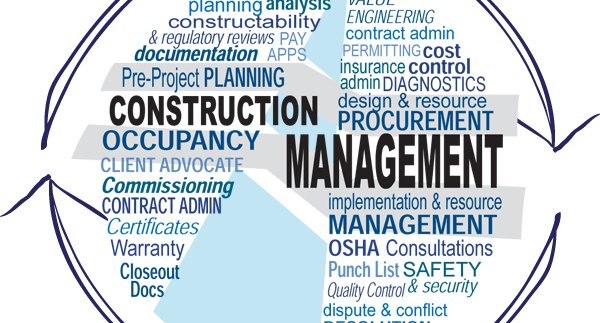
The step towards BIM 3.0
Smart Infrastructure
This relies on the complete formalisation of all business operation processes from the micro scale, including all reasonably definable atomic actions and associated data, cumulating in the macro picture.
Think Quantum physics vs Newtonian Mechanics. On macro scale, both should yield same results, but Quantum approach allows for more granularity.
This will lead to the higher level goal of being able to build models that use robust structured data which itself is imprinted / timestamped and implicitly associated to the relevant objects for which it will be used to model at the user defined scale and resolution.
Because the entire process is recorded with non-repudiation in mind - it is one of the properties of storing on blockchain, and, the data can be interrogated and scrutinised through an incorruptable audit trail, there can be a higher level of assurance and autonomy when modelling any aspect of the entire construction / engineering process.
Construction DAO
One of the challenges of seeing a project through from inception to completion and delivery, is the management of the entire hierarchy of entities involved. From the financial constraints, to the human resources. Expert systems can and do make objective decisions based on the functional and on the fly requirements of the project in any given state. A project must consider the reduction of functional redundancies and surplus of human resources to remain efficient whilst minimising the opportunity cost of lost man hours.
Sophisticated expert systems that objectively manage a project will have all input factors to make managerial decisions which eclipse the speed of even the best and most informed managers. An autonomous expert system created by a blockchain project architect will therefore take over the management of the entire process of a project (and eventually perhaps the entire running of a company) through smart and incentivised allocation of resources that given it's broader scope of view enable the best decision making with regards to objective processes.
DAO's are by nature, systems that give desired allocation of resources to crucial critical paths. Given a set of participants (the employees), each participant can expect to receive (or take up) the task which they are most aptly able to deliver on. (If there is competition, then the functional redundancies would become apparent and therefore resolve through the emission of un-needed resources, or the allocation (or uptake) of a task most suited to that particular participant). By enabling the DAO to manage the project on a highly granular level, the natural discovery of work contribution and efficiency from all parties can be determined and therefore acted upon by the DAO, and at every interaction with the participants, a better picture is drawn of what each participant is capable of, and or is suited to.
Contrasting this with legacy rigid corporate structures of governance with highly inefficient allocation of resources in a non-meritocracy based hiearachy, the most efficient 'work group' can be formed and, without the need for direct management.
interesting post!
Downvoting a post can decrease pending rewards and make it less visible. Common reasons:
Submit
upvoted very informative post
Downvoting a post can decrease pending rewards and make it less visible. Common reasons:
Submit
Good perspective, thank you for sharing.
Upvoted and resteemed. Do you want to know why? Visit @pf-coin.
Downvoting a post can decrease pending rewards and make it less visible. Common reasons:
Submit
Is Autodesk using a blockchain, for their token base subscription?
Downvoting a post can decrease pending rewards and make it less visible. Common reasons:
Submit